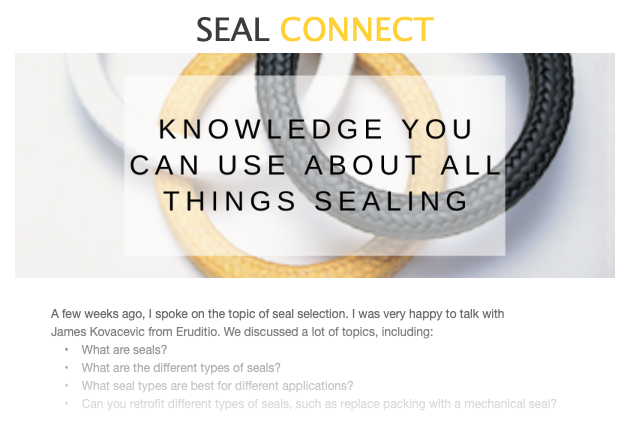Industry Publication Makes Case for Importance of Human Input and Field Testing
Even with sensors equipped with Industrial Internet of Things (IIoT) technology, human input is still needed for reliability. In-plant personnel are able to use their own human senses and knowledge to asses problems and uncover solutions. Not to mention that many costly assets may not be compatible with sensors. In this case, the only available “assessment tools” are the knowledge, common sense, and human input of the engineers, technicians, operators, and other team members.
Additionally, there’s always the risk of personnel ignoring or not using the data they receive from smart sensors.
4 Ways Human Input Is Vital to Efficient Plant Operations
According to an article from Plant Services, some in-the-field tests are simple for personnel to perform, using materials on hand, their senses, and their experience.

Examples of these tasks include:
- Collecting overall temperature — Increased temperature is often an early indicator of problems. A quick asset scan with inexpensive instruments can reveal abnormal temperatures. If the temperature rises above a predetermined limit, the team can then examine the asset to investigate why the temperature increased.
- Examining lubricants — If contamination is caught early before bearing damage, oil analysis can prevent many equipment issues. While sophisticated oil testing capabilities are valuable and available, they may not be necessary to find and categorize contamination. Many visual indicators and simple oil field tests can be helpful.
- Using their ears — While the automatic data provided by sensors is valuable, not all machines are compatible with these smart devices. In fact, many lower-tier assets will never be equipped with sensors. For this reason, teams must continue to rely on their physical senses. Plant personnel who have worked in a facility for years know how operations typically sound, and when something sounds different, they may notice problems like cavitation, the squeal of worn belts, and the rattling of check valves.
- Conducting visual inspections — Personnel who walk the plant floor have the best chance to notice these indicators of issues, which can include worn belts, low oil levels, lubrication leakage, damaged assets, and baseplate abnormalities.
The Value of Field Assessments in Person
According to the article in Plant Services, the IIoT offers industrial personnel all the data they could possibly need to determine the health of equipment in a plant. However, value remains in using simple-to-conduct field tests and human senses.
Without experienced professionals making quick field assessments, some assets without sensors could fail, incurring downtime and related costs. Simple tools, knowledge, experience, and senses may detect problems before asset failure.
Read the full article on PlantServices.com to learn more about a few simple in-person tests for equipment maintenance that can prove just as efficient or more efficient than sensor technology.
 SEAL CONNECT
SEAL CONNECT Find Your Sealing Solution
Find Your Sealing Solution